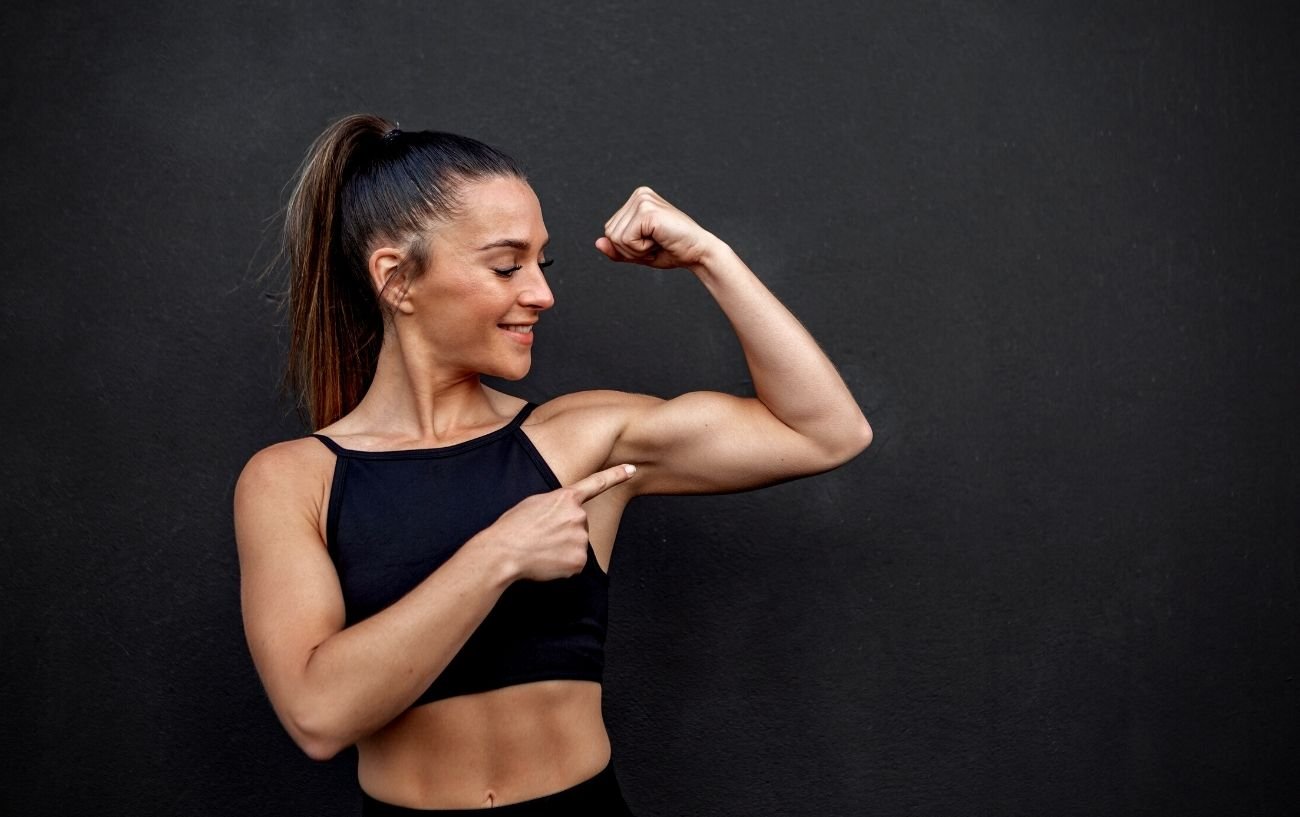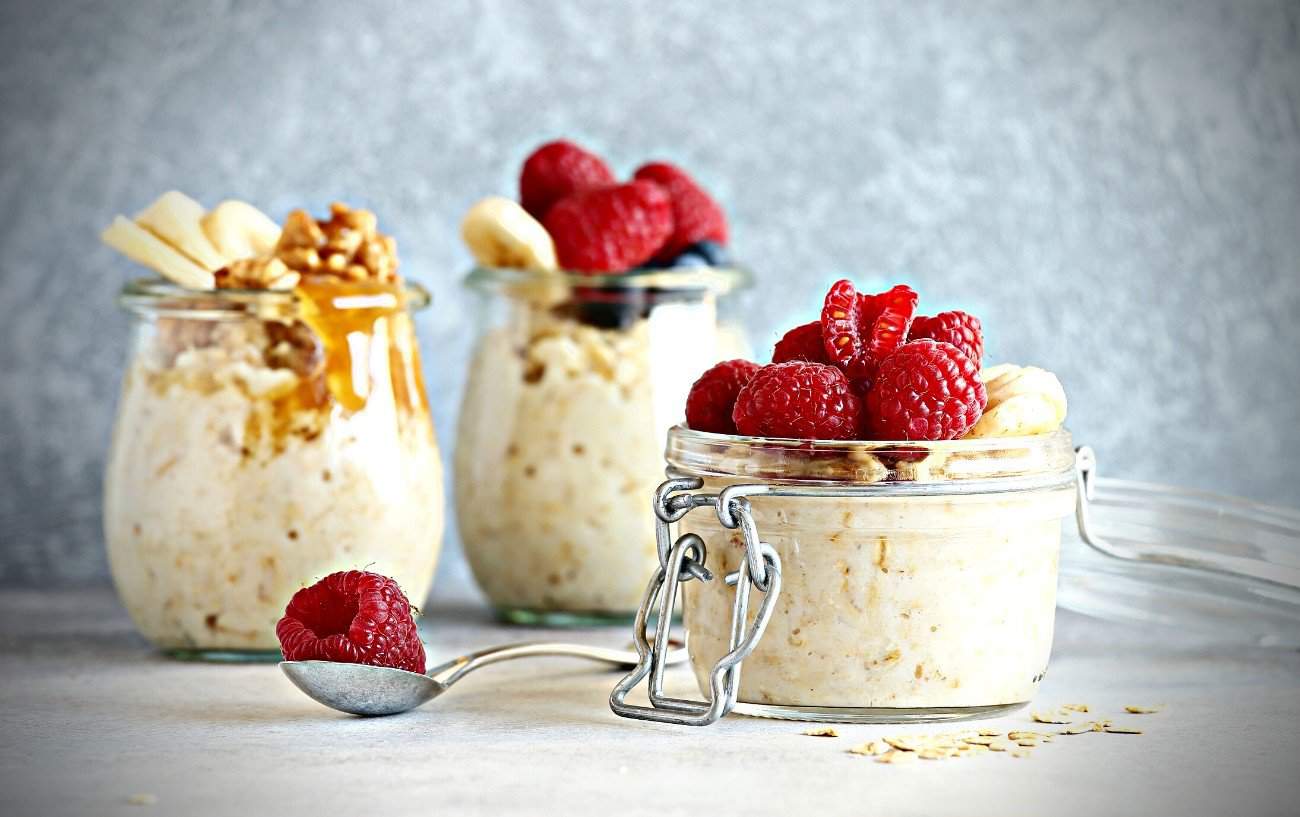Though there have been huge advances made in female performance in endurance sports, thanks to pioneers like Stacy Sims, most sports marketing and nutrition recommendations have been slow to cater to female athletes.
This, paired with diet culture and the pressure placed on female athletes to present themselves in a particular way, has increased the disadvantage.
Endurance athletes need to learn how to fuel based on their biological needs, as well as how hormonal cycles and changes can affect their needs.
In this guide, we will discuss common problems seen in female fueling and how to adjust an athlete’s fueling during the different menstrual cycle and life phases for improved athletic performance.
We will discuss:
- Common Problems in Female Fueling
- Biological Needs For the Female Athlete
- How Does the Menstrual Cycle Come Into Play?
- How Should Athletes Without a Menstrual Cycle Plan Their Fueling?
Ready? Let’s jump in!

Common Problems in Female Fueling
Feeling sluggish, not recovering from a workout, lacking speed: all symptoms of improper fueling frequently encountered by female athletes.
Inadequate nutrition often presents as either deficits in certain areas or general underfunding.
Deficits
“Almost 10% of all women of reproductive age are anemic or not getting enough iron,” says Dr. Jennie Draper, an OB-GYN and endurance athlete.
She explains this is extremely common with women who have especially heavy flows during their menstrual cycle or are currently pregnant.
Low iron can decrease energy availability and endurance due to the lack of healthy red blood cells. Iron can be found in red meat products and dark leafy greens, though many athletes find that they also have to supplement.

Along with low iron, 42% of female athletes have a deficiency in vitamin D, which greatly impacts bone health, as well as recovery and injury prevention.
Vitamin D can be tricky to find in one’s diet, as it is mostly packed into fatty fish and egg yokes.
For that reason, many dairy companies fortify milk or cheese with additional Vitamin D; it can also be synthesized in the skin with fifteen to thirty minutes of exposure to direct sunlight.
Active adults, especially females, are also more likely to struggle with vitamin B Complex deficiencies.
Notable, B6, which is needed to break glycogen into glucose to support energy in the body, and B12, which improves oxygen delivery and increases energy in the body.
Vitamin B6 is found in most grains and fruits, but some adults struggle to absorb the nutrients. Dr. Draper, when asked about B12, says, “Many athletes who follow a vegetarian or vegan diet will be deficient in B12, causing low energy and fatigue.”

Underfueling
Underfueling occurs when the calories needed for an activity are greater than the calories and reserved energy available.
With underfueling, athletes will have difficulty training due to fatigue, lack of motivation, increased injury or illness, and increased muscle cramps or weakness.
They can also experience mental side effects such as confusion, obsessive thoughts about food, depression, and physical symptoms, such as headaches, increased body fat, or bloating.
Jennifer Sommer-Dirks, a Registered Dietitian who currently works with endurance athletes but previously worked in eating disorder treatment, says, “A lot of women underfuel for an activity level. A lot are afraid that they are eating too much or will overdo it, especially with carbs.”
Sommer-Dirks goes on to explain that in her work, many female athletes have voiced concern over gaining weight or just not being sure how much they should eat.

Biological Needs For the Female Athlete
Female athletes utilize macronutrients, especially carbohydrates and fats, differently than their male counterparts.
Studies have found that during endurance exercise lasting longer than two hours, the female body is more efficient at burning fat than the male body.
However, when the body is at rest, the male metabolism is more dependent and efficient in burning fat, while a female’s body will rely more on glycogen (carbohydrates.)
While the female body is more efficient at burning fat during a workout, it is less productive in using carbohydrate reserves, meaning that women actually need more, around 3 grams of carbohydrates per pound of body weight during activity.
For many female athletes, this will mean fueling slightly more often throughout a workout to ensure the body is staying adequately fueled.

How does the menstrual cycle come into play?
The needs of an athlete change greatly as they flow through their menstrual cycle. By adjusting nutrition, an endurance athlete can mitigate deficits or imbalances in their fueling.
Menstruation (Days 1-5):
The first day of menstruation marks the beginning of the cycle. With hormones at the lowest they will be, it makes it easier for the athlete to perform at a higher level.
Increasing caloric intake, especially with carbohydrates, during this time will help keep the energy high and the muscles and joints strong.
“Iron is important after menstruation begins,” says Sommer-Dirks, “It can come from diet or supplementation, but there is a definite loss while losing blood and fluid.”

Follicular Phase (Days 5-14):
During this phase, the follicles in the ovaries begin to prepare for the next release. Hormones are still lower, giving the athlete more energy and a brighter mood.
Continuing to fuel consistently and ensuring the body has plenty of carbohydrates and fats will give an extra boost as the body prepares for the sudden increase of estrogen and progesterone.
During this phase, the body is still repairing from the event of menstruation. Dr. Draper recommends, “Make sure you’re getting enough sleep and rest during this phase so your body can recover fully. It might also be helpful to increase protein intake.”
Ovulation (Days 14-15):
This marks the start of an increase in progesterone and estrogen, which can be tough on the body with physical and mental changes.
A 2020 study found that fatiguability went up in female athletes with the rise in progesterone and estrogen hormones, which decreased both performance and recovery.
If an athlete is affected greatly by the surge of hormones, ovulation could be a beneficial day to rest and prepare for the most difficult piece of the cycle.

Luteal and Premenstral (Days 16-28)
The last phase of the hormonal cycle is the Luteal phase, the last week of which is considered premenstrual.
This phase is marked by increasingly high hormones that lead to fatigue, bloating, and challenges in exercise.
During this phase, the metabolism and digestion systems slow, making it more difficult for the body to process and utilize fats and carbohydrates needed in exercise.
The slowed digestion is in part due to a rise in the cortisol, or stress hormone, which can increase bloating and water retention, leading to additional and temporary weight gain.
Sommer-Dirks also warns about stomach issues leading up to menstruation, “many women get gastrointestinal distress in the seven to ten days before their period, so it might be good to be mindful of consuming too much fiber or fat.”

How should athletes without a menstrual cycle plan their fueling?
The primary reasons for the loss of menstruation, or amenorrhea, are perimenopause/ menopause, pregnancy, and hormonal birth control.
“If the period disappears for no clear reason, evaluation should be done,” says Dr. Draper, “it is likely due to nutritional or hormonal imbalances.”
Perimenopause/ Menopause
As the body gradually slows in producing eggs, estrogen and progesterone decrease, and the menstrual cycle becomes less consistent, starting the processes of perimenopause.
Menopause occurs when egg production, and thus menstruation, stops permanently.
As perimenopause begins, it becomes increasingly important for athletes to increase calcium and vitamin D to support bone health as the likelihood of osteoporosis increases.
“Sleep becomes more difficult during perimenopause and menopause, which impacts recovery and muscle growth,” says Dr. Draper. “It is important to increase protein during this time.”
Along with protein, female athletes have trouble processing carbohydrates after menopause, “It is helpful to move more to fructose, which is more easily broken down during this time,” says Sommer-Dirtks.

Pregnancy/ Breastfeeding
There is no egg release during pregnancy, so menstruation is halted. Many birthing individuals also experience a lack of menstruation while breastfeeding.
After the first trimester of pregnancy, hormones regulate and don’t cycle as normal. It is important to increase calories, balancing fats, carbohydrates, and protein with micronutrients found in grains, fruits, and vegetables.
“While breastfeeding, most women will need an additional 400-500 calories daily,” says Dr. Draper.
“It is also crucial that athletes make sure they are staying hydrated through pregnancy and breastfeeding.” She continues, explaining that dehydration can decrease milk production.

Birth Control
Most hormonal birth controls will eliminate the high hormonal phase of the menstrual cycle.
“As long as performance is on par and there is no excessive weight gain, there is no need for intervention,” says Dr. Draper. She continues stating that if there is a decrease in energy, frequent illness, or injury, an athlete should have their hormone levels evaluated.
Female athletes need to be mindful of underfunding and deficiencies in their diet by paying attention to how their body is responding to training and recovery.
Following the cues of the menstrual cycle or season of life is a helpful guide to proper and efficient fueling.
“It is an exciting time for women in sport,” says Dr. Draper, “there is more focus on the difference in male and female athletes with more information on the way.”
As science develops and female athletes are better supported based on their biological needs, it is believable that the athletic field will narrow.
For an in-depth look into runner’s anemia and iron deficiency, click here!













